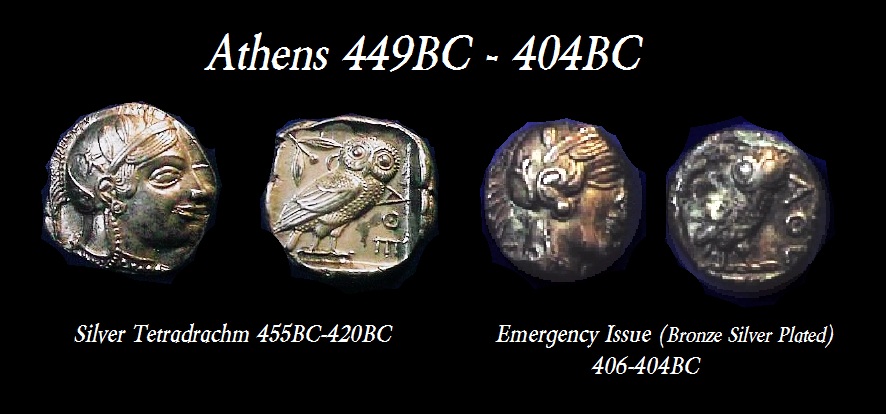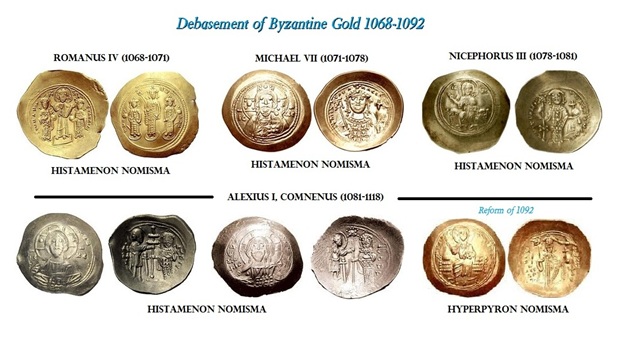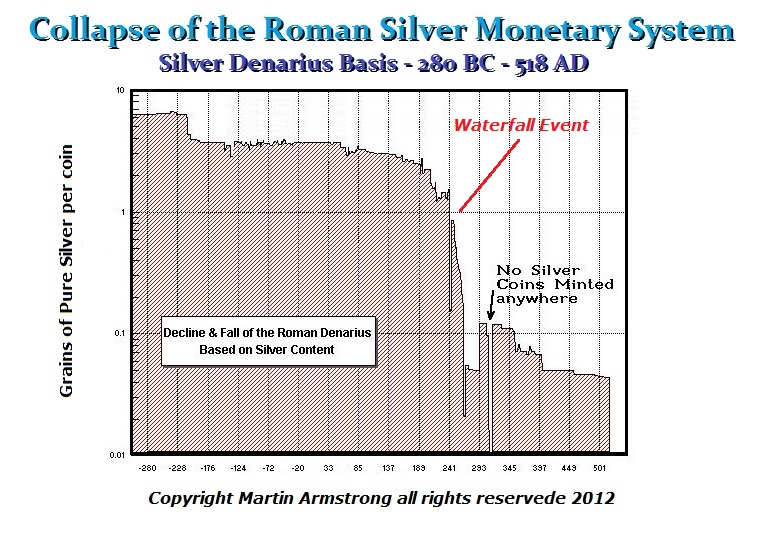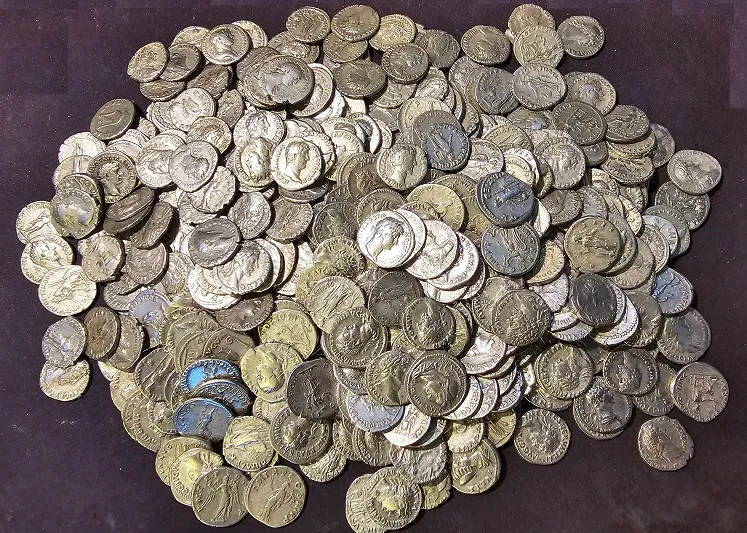QUESTION: Mr. Armstrong; I read this time its different by Rogoff. While it is interesting about sovereign defaults, he clearly does not go back into ancient times or more than a few hundred years. If anyone would know when the first such default took place it must be you. Any idea?
ANSWER: Yes. The first such default that is definitively recorded took place at least in the 4th century BC when ten out of thirteen Greek municipalities in the Attic Maritime Association defaulted on loans from the Delos Temple of Apollo.
You must understand that historically, most fiscal crises were resolved through either war where the loser’s debt evaporates, such as Germany after WWI or the confederate states in the USA, or by currency debasement by inflation or devaluation. This is demonstrated by numerous city debasements or a reduction in weight of gold and silver coinage. One of the earliest debasements was during 404 BC in Athens during the war with Sparta. The silver coinage was reduced to bronze and silver-plated.
Lydia, which is where coins were invented, reduced the weight of their stater due to war with the Persians, Cyrus the Great. This is how the money supply increased even if it was gold or silver. It never matters what is money; economic forces always conspire to create the natural course of inflation (assets rise and money declines). We are going through a cycle right now on the opposite trend of deflation because no single trend can be sustained without change. Hold your arm straight up above your head. Now keep it there. You will run out of energy and your arm will feel tremendously heavy, causing you to put it back down. Everything works that way, yet people try to deny cycles. Nothing but nothing can be sustained without change – N O T H I N G!
We see debasement of the gold coinage of Byzantium going into the Great Monetary Crisis of 1092. Of course, the Romans did the same thing as Athens and issued silver-plated bronze coinage during the 3rd century AD.
There really was no such thing as debt restructuring in ancient times. Restructuring is a much more modern era development. Restructuring actually began with the serial defaults in France, Spain, and Portugal in the mid-16th centuries. Other European states began to follow their lead during the 17th century, which included Prussia in 1683. Nevertheless, the two chronic serial defaulters in history are France and Spain. The Spanish defaults destroyed Italian banking and then German banking, which allowed the Dutch to rise to the occasion of being the financial capitol of the world.
When you reach the 19th century, debt crises, defaults, and debt restructurings became a normal course of business. One must question why in the world anyone would invest in government debt when they all default in the end. Restructurings take place either after a default or under the threat of default. This seems to be a serious new global investment and capital flow, which have evolved post-1720 bubbles. So Rogoff focused on the frequency of sovereign debt defaults in the modern era whereas previous debts were simply just denied, wiped out by war, devaluations, or debasements. Hammurabi’s code expressly regulates interest rates, showing one would not do that unless they too experienced swings in the rates of interest. He tried to regulate it as well.














